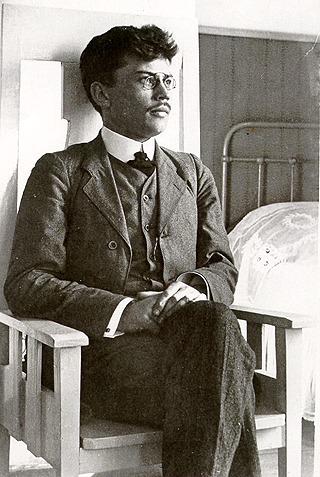Literature
As in Finland, the first printed books were published in Estonia in the 1500s. Mainly religious literature was published in both countries until the 1800s. The national awakening generated other types of literature, too. In Finland, Elias Lönnrot compiled the Kalevala in the 1830s, and in Estonia F. R. Kreutzwald (1803–1882) reconstructed the national epic Kalevipoeg from oral poetry in the 1850.
In the early 1900s, literature opened “the windows to Europe” in Finland and Estonia alike, with influence received from the west as well as the east. One of the key cultural influencers in Estonia in the early 1900s was the author Friedebert Tuglas (1886–1971). Alongside his own writing, Tuglas translated several works by Finnish authors into Estonian, including The Seven Brothers by Aleksis Kivi, the first significant novel written in Finnish by a Finnish-speaking author. Tuglas was a political refugee in 1906–1917, spending most of the period in Finland.
During the Soviet era, Estonian writers maintained the national identity. Today, contemporary Estonian literature deals with the societal situation in the post-Soviet period and discusses Estonianness. The best-know authors are Viivi Luik, whose work has been translated into several languages, and Jaan Kross, who is known for his historical novels and who is the most translated Estonian writer. Younger-generation writers include Kristina Ehin, Jürgen Rooste and Karl Martin Sinijärv.
